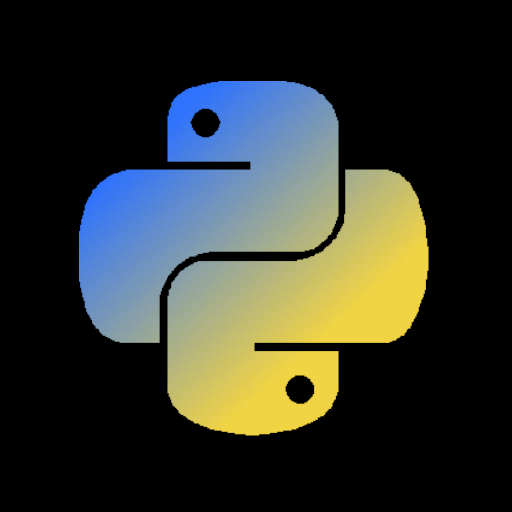I’m working on a project that needs lots of toolbars on screen at once, even though not all of them will be used at the same time. So, I’m modelling this ‘foldable’ dock widget after what I remember Photoshop panels used to be like.
It’s a work in progress, but would like to hear constructive suggestions.
https://blocks.programming.dev/0101100101/42c5d67f86c049baa3500aa38e439f8a


Easily above average code for Python. I’m going to pick on one method:
def _set_float_icon(self, is_floating: bool): """ set the float icon depending on the status of the parent dock widget """ if is_floating: self.float_button.setIcon(self.icon_dock) else: self.float_button.setIcon(self.icon_float)First, Python does have ternary expressions so you can
self.float_button.setIcon(self.icon_dock if is_floating else self.icon_float)Second, what does this code do?
foo._set_float_icon(true)Kind of surprising that it sets the icon to
icon_dockright? There are two easy fixes:*, is_floating: boolso you have to name the parameter when you call it._update_float_icon()or something.Also use Black or Ruff to auto-format your code (it’s pretty well formatted already but those will still improve it and for zero effort).